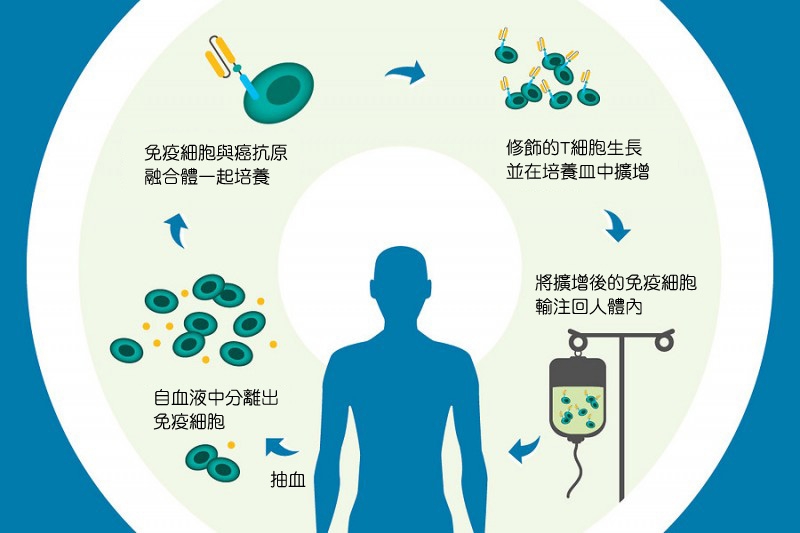According to Wang Jinzhou, an attending physician in the Department of Thoracic Medicine at Kaohsiung Changgeng, according to biological characteristics and clinical manifestations, lung cancer can be roughly divided into two types: “small cell lung cancer” and “non-small cell lung cancer.” The latter accounts for about 85%. Because the early symptoms are not obvious, most patients find that they are in the advanced stage. Forty percent of the patients’ tumors do not have special gene expression and there is no suitable target therapy to use. Most of them have only received chemotherapy in the past.
Immunotherapy combined with chemotherapy The original five-centimeter tumor shrinks almost invisible.
The woman received chemotherapy treatment at first, and her brain metastasis occurred two months later, and she began to have a severe headache. She changed to chemotherapy combined with immunotherapy. The effect had been achieved within a few weeks, and her lung tumors had shrunk significantly. After continuous treatment for two years, the follow-up in July this year, the main tumor has shrunk to 0.4 cm, and the remaining small lung tumors and metastases have disappeared.
Wang Jinzhou said that in the past, if there were no EGFR, ALK or BRAF mutations in lung cancer patients, there was no appropriate target drug to use. If effective chemotherapy drugs were also exhausted at this time, their survival rate was not ideal. “Immunotherapy is a kind of Cross-generational new weapons, although the response rate is not as obvious as the target drug, but the use of different treatment combinations can still improve the treatment response rate and effective survival rate. “




 繁體中文
繁體中文